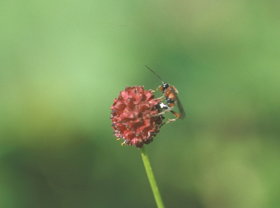WP 3: Functional & Trophic Relations
Objectives of WP 3:
Trophic and functional relations are being explored by analysing the effect of ant biodiversity on grassland communities and determining the effects of spatial pattern of heterogeneous habitat within sites on the abundance, local distribution and persistence of competing metapopulations of Myrmica ant species. A network has been established to collect surface hydrocarbon profiles of Maculinea larvae from all European project partners to compare these with the surface hydrocarbon profiles on all local Myrmica species.
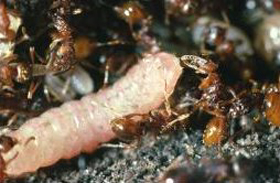
The following aspects are being explored to target the issue of trophic and functional relationships:
Ants as keystone species:
- To analyse the effect of ant biodiversity on grassland communities
- To determine the effects of spatial pattern of heterogeneous habitat within sites on abundance, local distribution and persistence of competing metapopulations of these various Myrmica and other ant species
- To understand and quantify direct & indirect impacts of different Myrmica sp. on other species
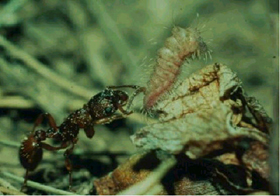
Parasitoids:
- To describe sufficient behavioural and population dynamic parameters of Maculinea parasitoids
WP 3 represents a minimalist ('bottom-up') approach aimed at identifying the mechanisms responsible for the patterns identified in WP2. This mainly involves analysing direct and indirect trophic and functional relationships between selected species, and itself tests two hypotheses: (i) The presence of other valued species on Maculinea sites merely reflects the presence of (rare) types of micro-habitat or niche that are rather similar in character - and result from similar management - to those required by each Maculinea system; (ii) the other valued species present also depend, directly or indirectly, on interactions with Myrmica ants, which function as 'keystone' species in shaping characteristic communities.
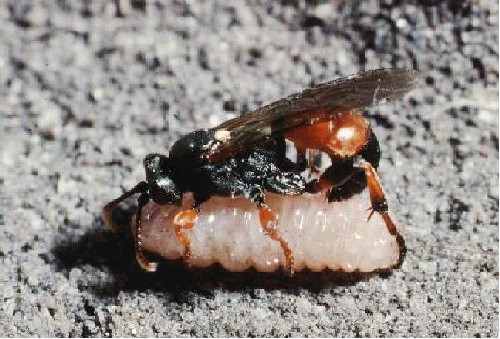
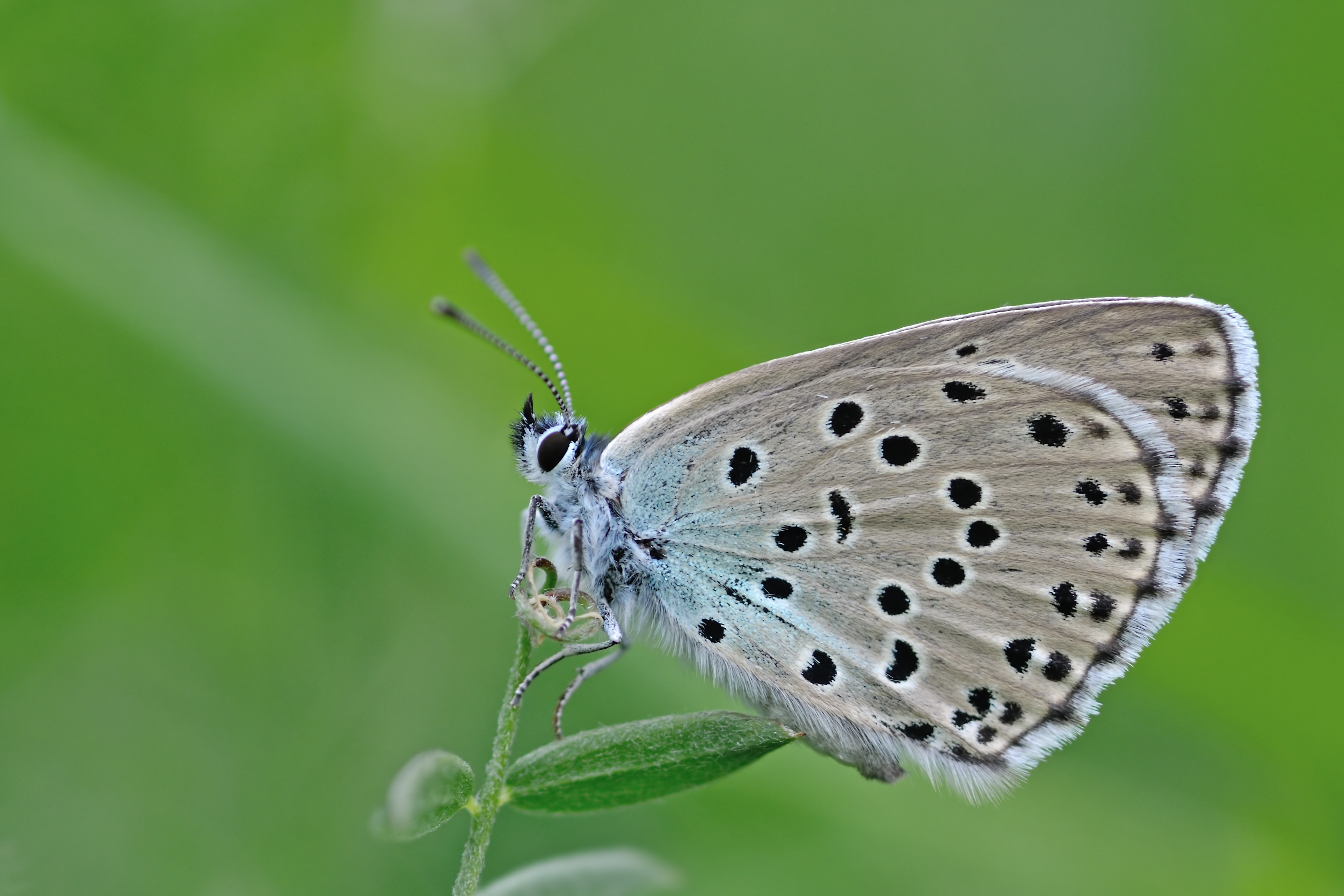
The major objective of WP3 is to determine direct and indirect trophic and functional relationships between selected species. In order to achieve these objectives we aim:
- To identify species whose micro-habitats or niches are similar to those required by a particular Maculinea system, and to understand key features they have in common
- To identify other species whose presence and abundance on sites is directly or indirectly affected by the presence and abundance of a particular species of ant.
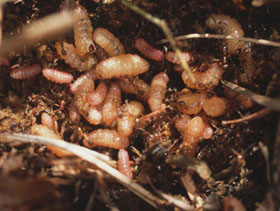
Larval food plants:
- To analyse the role of food plants as resources for other phytophagous insects
- To conduct qualitative inventories on all sites where detailed research is conducted
